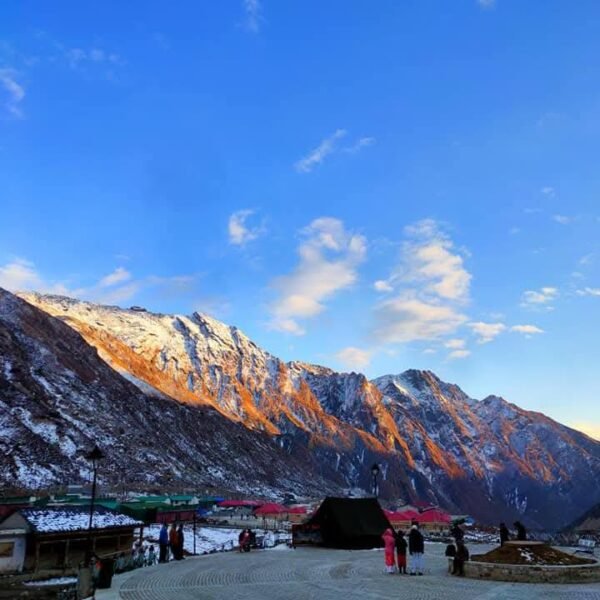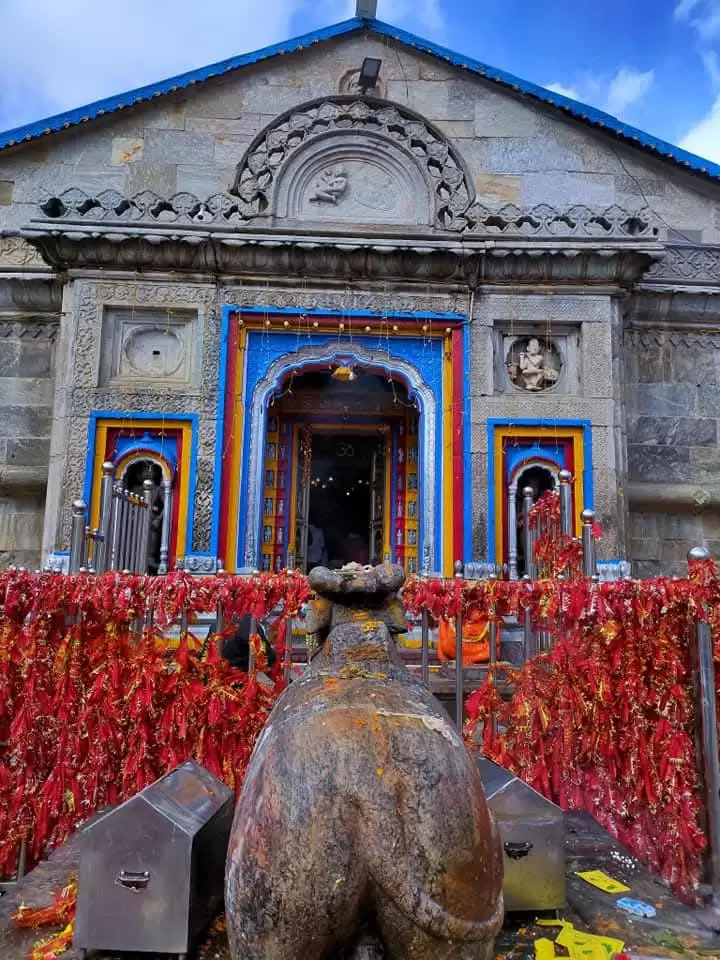How Difficult Is Kedarkantha Trek? A Detailed Insight
The Kedarkantha Trek is one of the most popular winter treks in India, nestled in the scenic Garhwal Himalayas of Uttarakhand. Known for its pristine snow-covered trails and breathtaking views of the mighty peaks, Kedarkantha attracts trekkers of all experience levels. However, if you’re planning to embark on this journey, it’s important to assess the difficulty of the trek and prepare accordingly. So, how difficult is the Kedarkantha Trek? Let’s break it down.
The Basics of the Kedarkantha Trek
Before diving into the specifics of the difficulty, let’s start with a general overview of the Kedarkantha Trek. The trek usually spans 5 to 6 days, with a total distance of around 20 kilometers, which might sound manageable at first. However, the terrain varies—snow-covered paths, steep ascents, and fluctuating altitudes can make it challenging for some trekkers.
Altitude: The trek reaches an altitude of 12,500 feet (3,800 meters) at the summit. This is a moderate altitude for most trekkers, but it can cause altitude sickness in some. Proper acclimatization and hydration are essential.
Distance: The total distance of the trek is about 20 km, which is broken up into manageable segments each day. On average, trekkers cover 4-6 kilometers per day. But don’t let the distance fool you—altitude and terrain play a crucial role in the trek’s difficulty.
Factors That Affect the Difficulty of Kedarkantha Trek

1. Weather Conditions
One of the biggest factors that contribute to the difficulty of the Kedarkantha Trek is the weather. This trek is primarily undertaken in the winter season, from December to April when snow is at its peak. While this offers a beautiful winter wonderland, it also makes the terrain slippery and sometimes treacherous. Cold temperatures (often dropping below freezing point) require trekkers to have proper clothing and equipment to stay warm.
2. Steep Ascents and Descents
The Kedarkantha Trek involves several steep ascents and descents, which can be challenging for trekkers who aren’t accustomed to hiking in hilly or snowy terrain. On the way to the summit, there are stretches of gradual climbs followed by steeper sections, particularly in the final ascent to Kedarkantha Peak. It can be tiring, and in snowy conditions, the climb can feel even more strenuous.
3. Snow-Covered Trails
One of the highlights of the Kedarkantha Trek is its snow-covered landscape. However, this can be both a beauty and a challenge. Walking on snow requires more energy than on a regular trail, as the feet sink into the snow with every step, making the trek more demanding. There’s also the risk of slips and falls, especially on the steep sections, which makes walking with proper gear essential.
4. Altitude
While the altitude isn’t extremely high compared to other Himalayan treks, the peak of Kedarkantha is still over 12,500 feet. For most trekkers, this altitude is manageable, but it’s essential to recognize the signs of altitude sickness, such as headaches, dizziness, and shortness of breath. Adequate acclimatization is crucial. On this trek, the hike is not rushed, and there are enough rest points to help the body adjust to the elevation gradually.
5. Physical Fitness and Experience
Your fitness level plays a significant role in how challenging you find the trek. While Kedarkantha doesn’t require advanced technical skills, it does require a good level of physical endurance. Beginners who are physically active and have some prior hiking experience will find the trek manageable. However, if you are new to trekking or have a low fitness level, you might find it more demanding.
Trekking With a Group vs. Solo Trekking
While trekking in a group with a guide is highly recommended, many trekkers wonder if they can manage the trek on their own. Solo trekking is not advisable for first-timers, as the terrain can be tricky, and the weather conditions can change quickly in the mountains. Trekking with a group ensures safety, guidance, and shared responsibility. It also provides the added benefit of camaraderie, making the trek more enjoyable.
How to Prepare for Kedarkantha Trek
1. Physical Preparation
Training before embarking on the Kedarkantha Trek is essential. Regular cardio exercises, like running or cycling, can help build stamina. Also, practice hiking with a daypack and walking on uneven or inclined surfaces to simulate the conditions you’ll face. Strengthening your legs and core will be helpful for the uphill sections.
2. Mental Preparation
Mental strength is just as important as physical strength on this trek. The steep ascents, especially near the summit, can test your endurance and willpower. Stay patient and take breaks when needed. Also, prepare mentally for the cold and the discomfort that can come with trekking in snow.
3. Packing the Right Gear
The right gear is essential to make your trek easier and safer. Ensure you pack warm clothing, gloves, hats, and a good pair of trekking boots with anti-slip soles. Trekking poles are useful for maintaining balance in the snow and on rocky paths.
Is Kedarkantha Trek Worth It?
Absolutely! Despite its challenges, the Kedarkantha Trek is an incredibly rewarding experience. The feeling of reaching the summit after a challenging climb, combined with panoramic views of snow-capped peaks and surrounding valleys, makes the effort worthwhile. The adventure also includes camping in scenic locations, witnessing stunning sunsets, and experiencing the warmth of fellow trekkers and local guides.
Final Thoughts
While the Kedarkantha Trek is not a walk in the park, it is definitely achievable for most trekkers, even those with limited experience. With the right preparation, gear, and mindset, it can be one of the most fulfilling trekking experiences in the Indian Himalayas. So, if you’re up for a challenge and want to experience the majestic beauty of the Garhwal Himalayas, the Kedarkantha Trek is waiting for you!
Ready to take on the challenge? Contact Hill Hikers Adventures of Himachal for a customized trekking experience, and let us help you prepare for this unforgettable journey!

